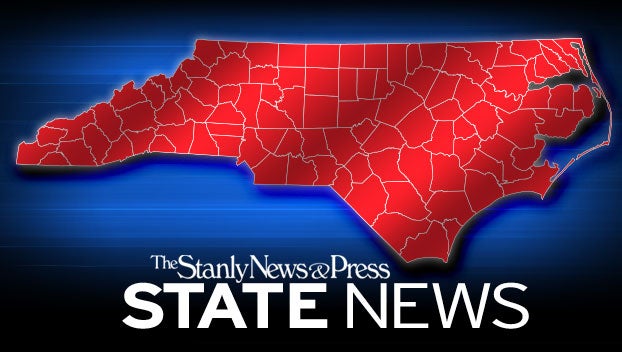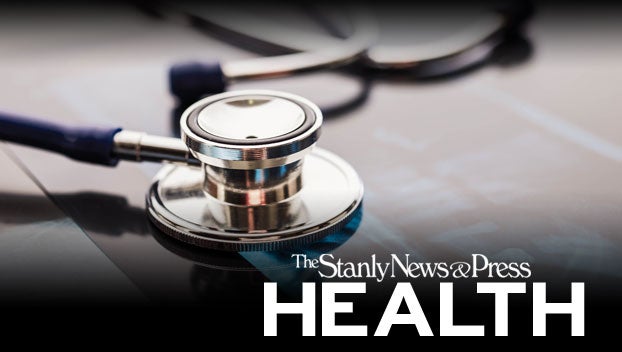REGIONAL: Belk College Economist John Connaughton says 2021 represents the first year of an economic comeback
Published 2:12 pm Thursday, December 10, 2020
|
Getting your Trinity Audio player ready...
|
North Carolina’s economy — which experienced its biggest decline since the Great Depression — will bounce back in 2021, according to John Connaughton, director of the Barings/UNC Charlotte Economic Forecast.
“As a devastating 2020 comes to an end, all factors are indicating a steady expansion is ahead,” said John Connaughton, Barings Professor of Financial Economics at the Belk College of Business. “2021 represents the first full year of an economic comeback.”
Connaughton, who released his quarterly Barings/UNC Charlotte Economic Forecast on Dec. 10, said among the factors he is watching in 2021 are how quickly a vaccine will be available and the willingness of Americans to take the vaccine.
“At the end of the day, it is ultimately people who will decide their risk to re-engage in the economy,” Connaughton said. “That remains to be seen.”
For 2021, Connaughton forecasts an output increase for all 15 of the state’s economic sectors.
These sectors will see the largest inflation adjusted output increases in 2021:
• Agriculture: 21.7%
• Hospitality and Leisure Services: 7.3%
• Educational and Health Services: 6.8%
• Information: 6.0%
• Other Services: 5.6%
Looking back at 2020, 12 of 15 economic sectors in North Carolina are forecast to experience Gross Domestic Product (GDP) output decreases, Connaughton said.
Hospitality and Leisure Services, particularly devastated by the government-mandated shutdown this spring, will experience the largest decline, a projected real decrease of 33.9%, followed by:
• Other Services: 10.7% decrease
• Durable Goods Manufacturing: 9.3% decrease
• Educational and Health Services: 6.9% decrease
• Retail Trade: 3.75% decrease
For 2020, only three sectors – Finance, Insurance and Real Estate; Agriculture; and Mining – are expected to experience growth.
Employment
North Carolina started 2020 with a 3.6% unemployment rate. Both the U.S. and North Carolina unemployment rates jumped dramatically in April to 14.7 and 12.9 percent respectively.
Since April, the U.S. and North Carolina unemployment rates have fallen dramatically. The North Carolina rate, at 6.3% by October, is expected to decline to 6.0% by December, Connaughton said.
For 2020, Connaughton expects the state will lose 224,100 net jobs, and 12 of the state’s 14 nonagricultural sectors of the economy are expected to experience employment decreases.
The sectors with the largest expected employment decreases are:
• Hospitality and Leisure Services: 17.3% decrease
• Durable Manufacturing: 7.6% decrease
• Information: 5.3% decrease
Looking ahead to 2021:
• North Carolina’s unemployment rate is expected to decline to 5.1% by December 2021, still higher than the pre-COVID rate of 3.6%.
• North Carolina’s employment is expected to reach 4,614,900 persons by December 2021, an increase of 5.4% over the employment level in December 2020.
• The state is expected to add 245,100 net jobs.
• 12 of the state’s 14 nonagricultural sectors in 2021 are expected to experience employment increases, with Hospitality and Leisure Services, and Information both at 16.0%.
Gross State Product
For the fourth quarter of 2020, Gross State Product (GSP) is expected to increase by an annualized inflation adjusted rate of 5.6%. For 2020, inflation adjusted GSP is expected to decrease by 3.4% as compared to the 2019 level.
Looking ahead to 2021:
• GSP is forecast to reach $589,755.5 million, an inflation adjusted increase of 4.5% over the 2020 level.
• The quarterly GSP is expected to increase each quarter of 2021, starting with a 4.8% annualized real rate increase in the first quarter.
COVID-19 in North Carolina
Connaughton is partnering with Craig Depken, Belk College professor of economics, on a collaborative research project that measures the county-level economic impact in North Carolina caused by the mandatory stay-at-home orders enacted earlier this year.
Connaughton and Depken discussed preliminary data during the question-and-answer portion of the Economic Forecast.
Among the findings:
• In April, the North Carolina economy was less severely impacted by the mandatory shutdowns than the average state, ranking 25th among states based on unemployment.
• By October, North Carolina had the 29th lowest unemployment rate, indicating that the recovery from the shutdowns has not been as strong as the average state.
• In April, North Carolina county unemployment rates ranged from 19.3% in Dare and Swain counties to 8.1% in Bertie, Chowan and Duplin counties.
The research, funded through the North Carolina General Assembly, aims to provide new data and information to state lawmakers and policymakers to help guide the state’s response.
Barings: A Decade of Support
During the virtual event, Belk College Dean Jennifer Troyer recognized Barings for a decade of support of the Economic Forecast. Barings’ title sponsorship, which began in 2010, concludes at the end of this year.
The full report and a recording of the presentation will be available at belkcollege.uncc.edu/forecast.






